Kathmandu. Rasuwa: The Department of Hydrology and Meteorology has concluded that the glacial lake eruption flooded the Lhende rivulet on the Nepal-China border in Rasuwa on Tuesday morning.
According to a study conducted by the Department from the ‘Sentinel’ satellite, the glacial lake burst and caused floods. Department’s flood expert Binod Parajuli said the flood was initially suspected to have occurred due to the bursting of the ‘Supraglacial’ lake.
“Rasuwagadhi is located in the upper catchment area of Lhende Khola at about 36 km above the Nepal-China border (latitude: 28.4043, longitude: 85.6469, about 5,150 m above sea level).
The supraglacial lake (glacial lake), which has been developed in the middle of the glacial river, seems to be spread over an area of about 0.75 square kilometers,” he said. Only 60 square kilometers have been seen. It has been shown that the area of the lake has changed before and after the incident. The study found that water was drained out of the lake during this period and its impact was felt in the area below the lake. ’
According to Parajuli, more field reports are expected to be received from china in this regard. In addition, other satellite images that can be obtained in the coming days can give more confirmation. He said that the Department of Hydrology and Meteorology will continue the study. “There has been a significant difference between the pre-flood and post-flood situation and especially the area of the lake has decreased significantly, according to which water has been drained out of the glacial lake,” he said.
Scientists at the International Centre for Integrated Mountain Development (ICIMOD) have confirmed that the supraglacial lake on the Lhenda rivulet on the China-Nepal border burst and flooded Bhotekoshi in Rasuwa.


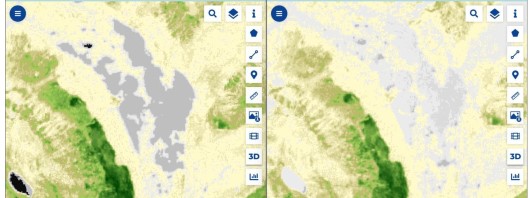



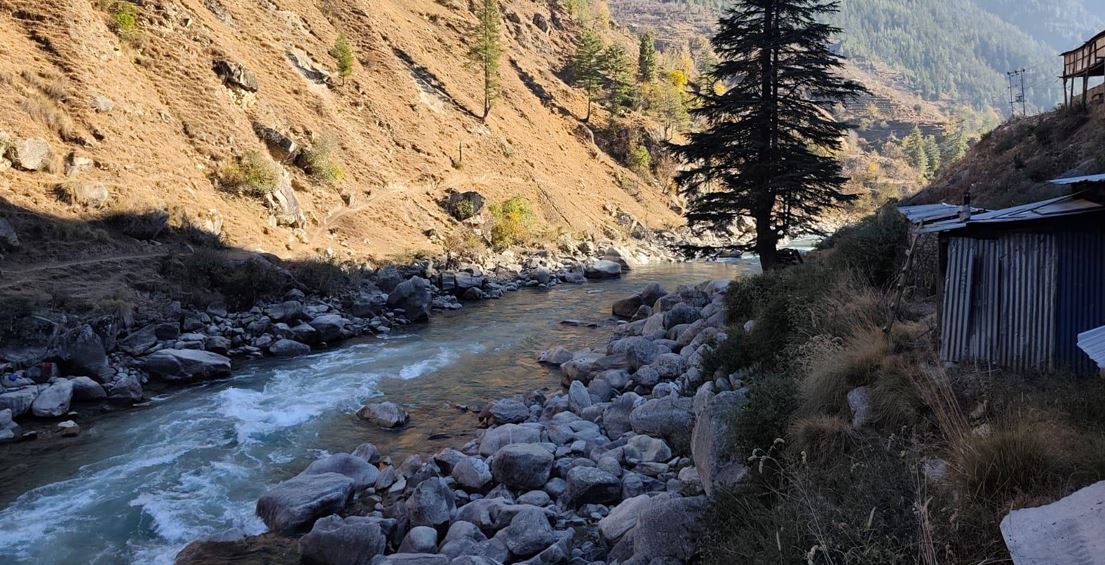
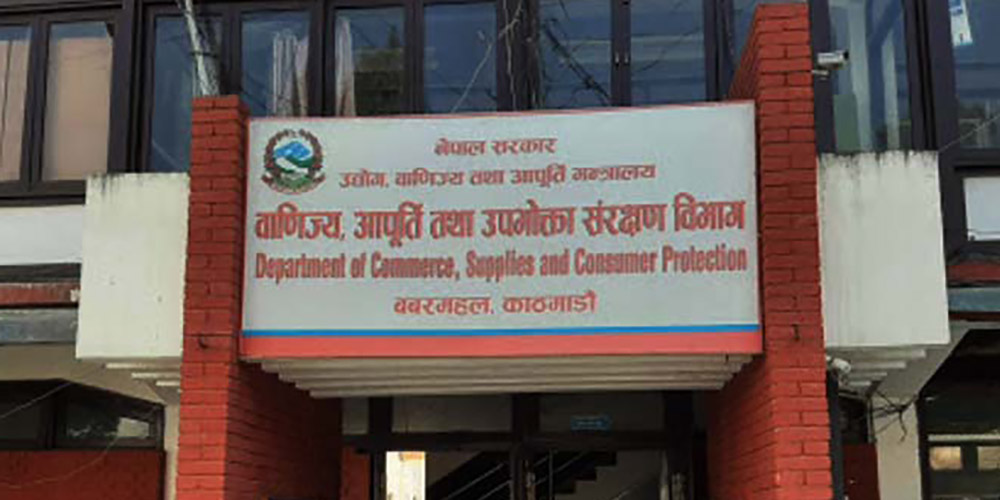
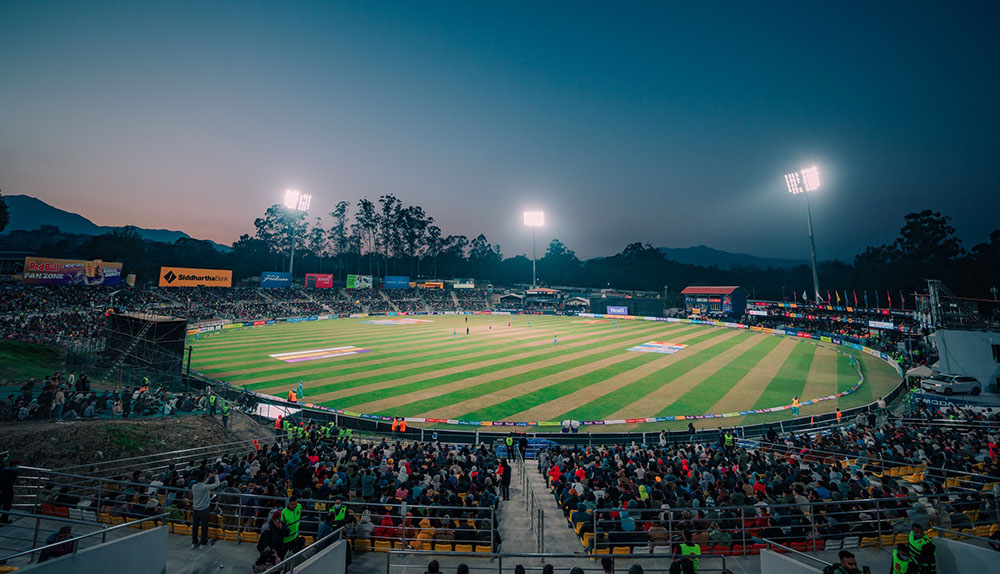


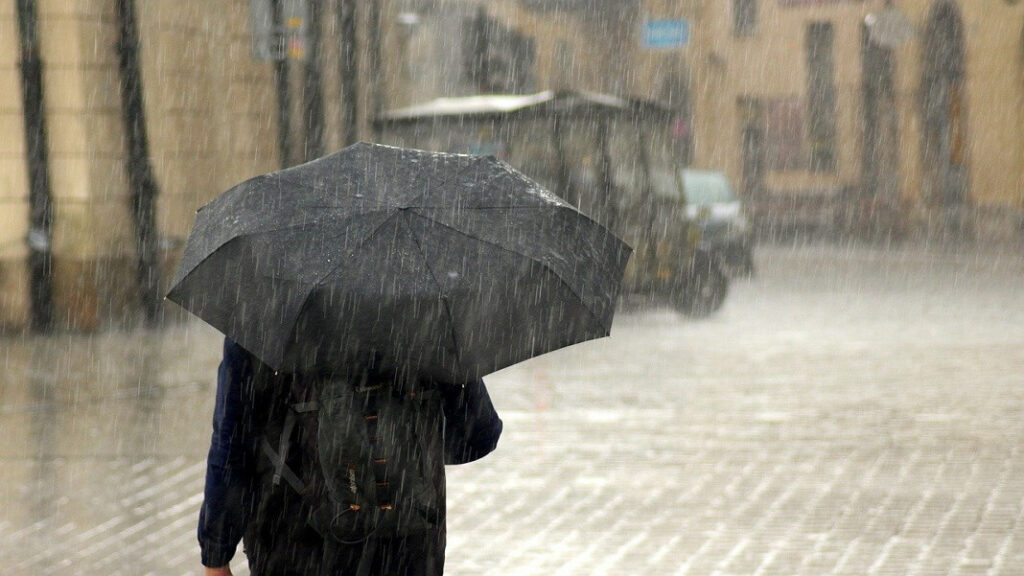

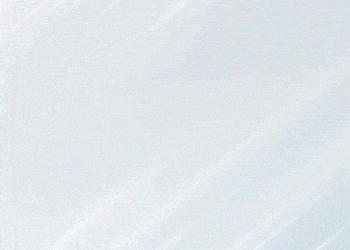
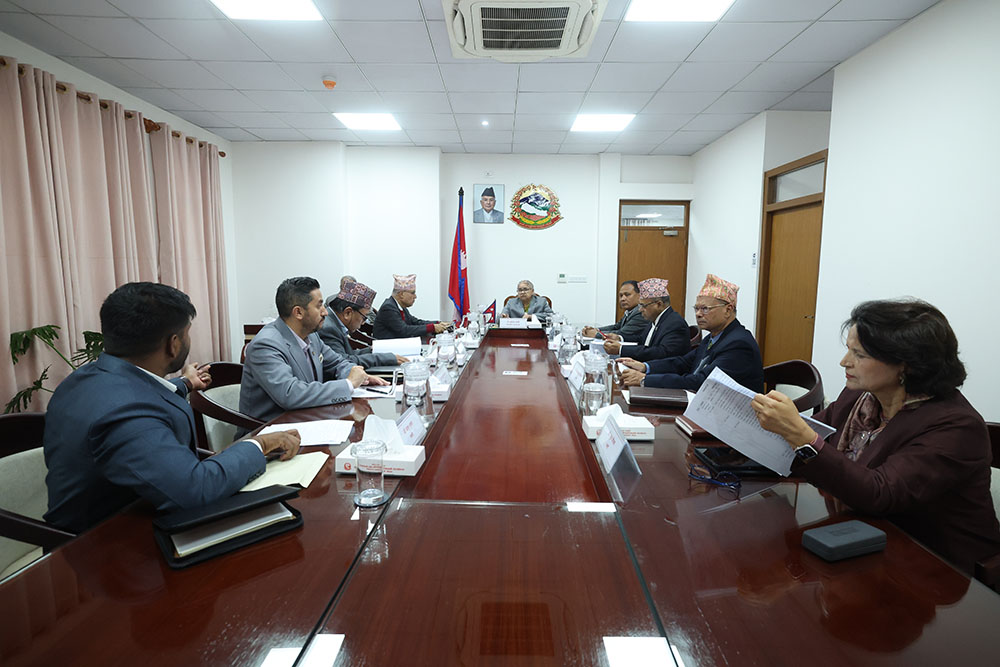


प्रतिक्रिया दिनुहोस्